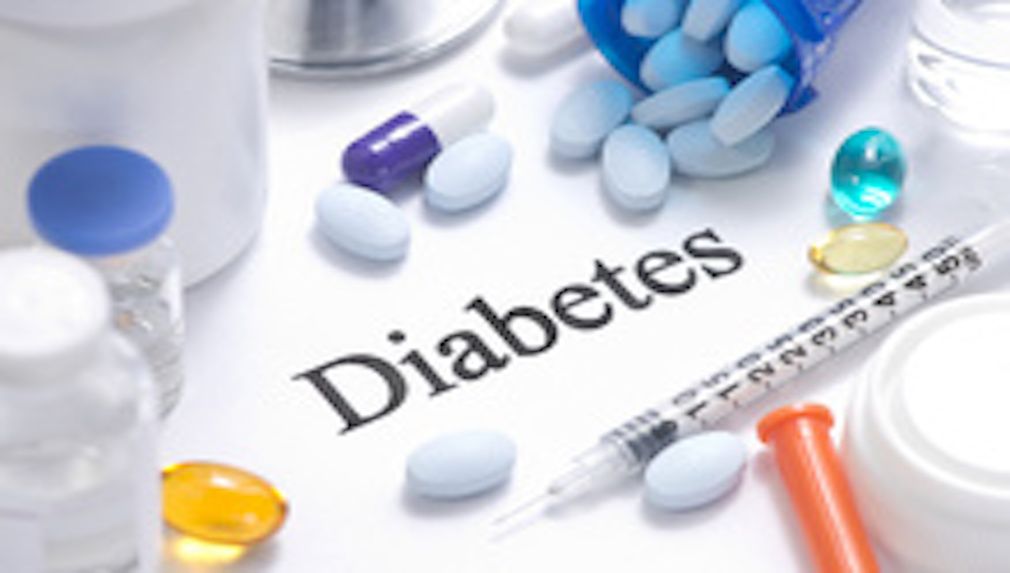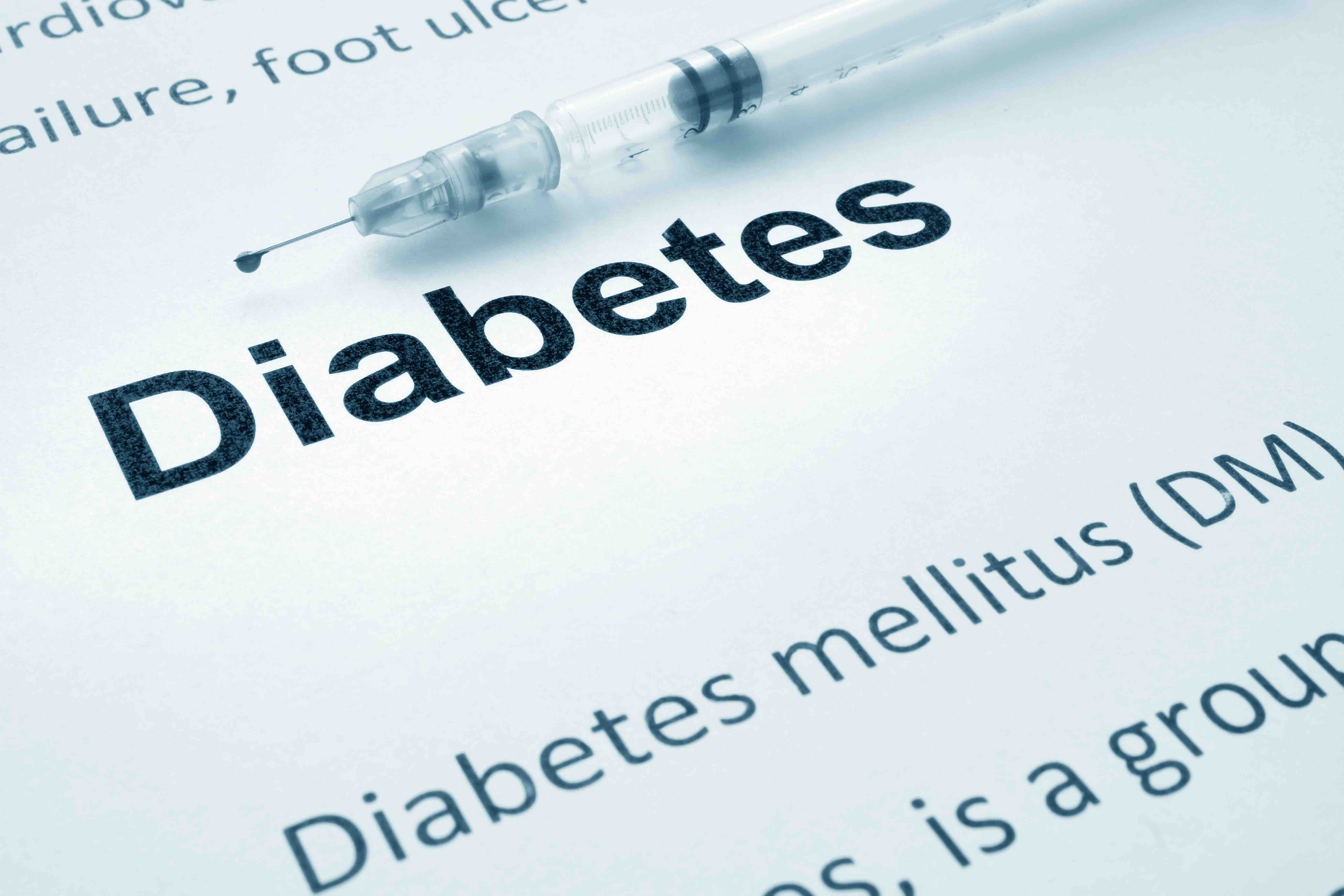Article
USC Study Identifies Pollution as a Risk Factor for Obesity
The study, published in Environmental Health Perspectives, studied the BMI of children in Southern California over a period of 8 years, and studied it's correlation with environmental pollutants.
Exposure to secondhand smoke and roadway traffic may be tied to increased body mass index in children and adolescents, a new study suggests.
Researchers studied 3,318 children in 12 Southern California communities beginning at an average age of 10, and then followed them through age 18. They used parental questionnaires to establish exposure to smoking, and data on traffic volume and levels of nitrogen dioxide, ozone and particulates to track pollution.
The study, in Environmental Health Perspectives, controlled for many other factors: sex, initial B.M.I., asthma, physical activity, insurance status, parental education and income, acres of parks and open space nearby, percentage of people living in poverty in each community.
But even after accounting for these issues and more, they found that compared with children exposed to no secondhand smoke or near-roadway air pollution, B.M.I. was 0.80 higher in children exposed to pollution alone, 0.85 higher in those exposed to secondhand smoke alone, and 2.15 higher in those exposed to both.
A normal B.M.I. for adults is 18.5 to 24.9. Higher than 25 is considered overweight, and above 30 obese.
Complete report in The New York Times: http://nyti.ms/1xLSZTA
Link to the published study: http://ehp.niehs.nih.gov/1307031/





